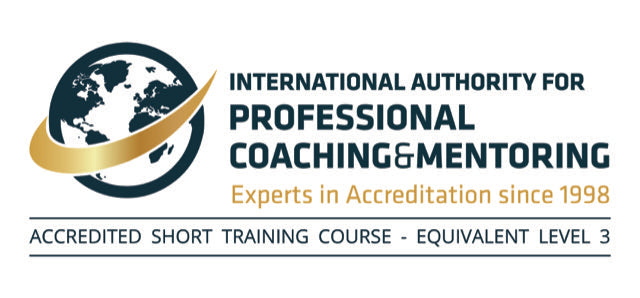8 calming tools to get you through the pandemic
2020 has come to its end, so how do we come to terms with the fact that 2021 is looking much the same? Here we will be looking at 8 calming tools to transition into 2021 with less stress and more hope.
1. Name it to tame it
The first step to becoming calmer is to admit to yourself that you are not feeling calm. Just admitting this to yourself and naming it is important so that you can feel prepared to action it.
2. Breathing techniques
A little while ago we looked at stress management techniques, including breath exercises. Today we will be adding to our repertoire of breath exercises with Straw Breath.
Breathe in deeply through the nose. Hold this breath for a few moments and then breathe out slowly for as long as you can. As you do this, imagine you are blowing bubbles through a straw into an imaginary cup. Hold this out-breath for a few moments. Continue with this Straw Breath until you feel ready to transition back to your natural breath.
3. Soften, release and let go of tension in your body
Do a scan of your body to identify areas of tension. You might be feeling tight in your shoulders, or have a clenched jaw, or the skin on your face might feel taut.
Wherever this tension might be, locate it, breathe into it, and then slowly exhale for as long as you can. As you do this, imagine all the tension in your body (and particularly in your head, scalp, eye sockets, ears, tongue, jaw, hands and heart) softening, releasing and letting go - like a tight knot slowly loosening.
This body scan exercise can also be especially effective before bed if you are having trouble sleeping.
4. Visualise things, people or places that soothe and calm you
Close your eyes and visualise things, people or places that soothe and calm you. These might include a beloved pet, a beautiful place in nature, a kind friend, and happy memories.
5. Let off steam
Go for a walk, do some exercise, dance like no one's watching, stretch! Do whatever you can to move your body to release any tension or stress. You might find it helpful to also listen to calming or powerful music as you do this.
6. Spend time in nature
If you can go to a beach, a forest, a park etc. then take advantage of the beauty and calm the natural world has to offer. If you can take your shoes off and connect to the ground, even better.
7. Reach out for support
Many of us often find this harder than it seems. However, reaching out to trusted friends, family members, loved ones etc. can often provide evidence for the phrase 'a problem shared is a problem halved'! If you don't have anyone to vent to about things that are worrying or troubling you, you can still express these thoughts and feelings by writing them down somewhere safe, such as a diary.
8. Use calming tools, gadgets and other strategies
Stress balls, Blu-Tack, fidget toys, chewing gum, doodling and drawing are all effective calming methods. Sensory Anchors are also great for bringing you back to the present, grounding you and helping you to calm down. Try to acknowledge 5 things you can see, 4 things you can touch, 3 things you can hear, 2 things you can smell, and 1 thing you can taste.
Written by Ella Dane-Liebesny and Rachela Leonello.


